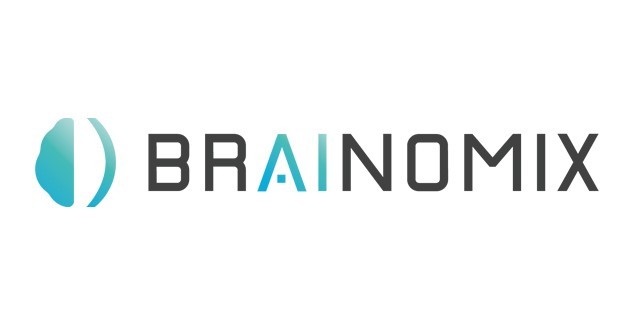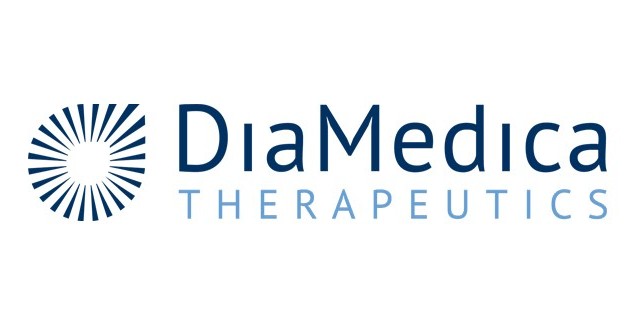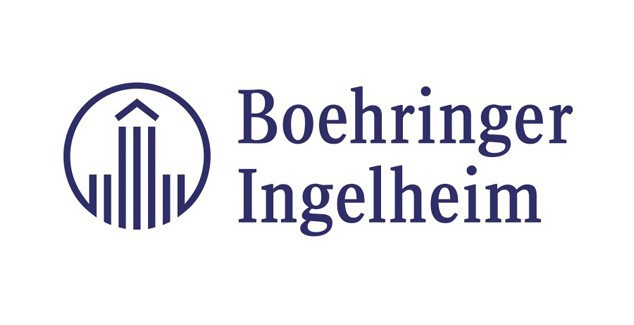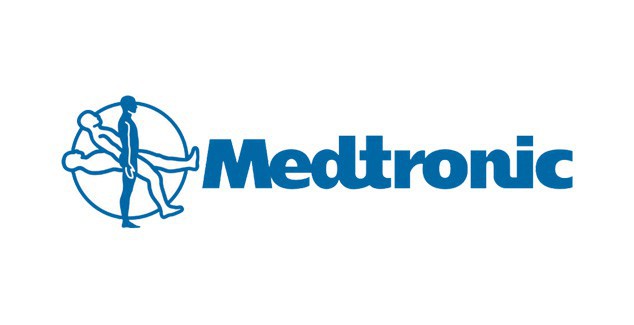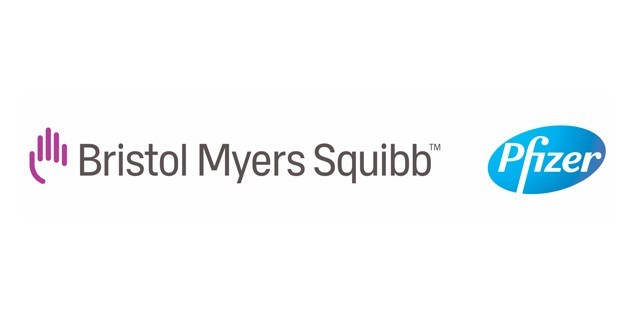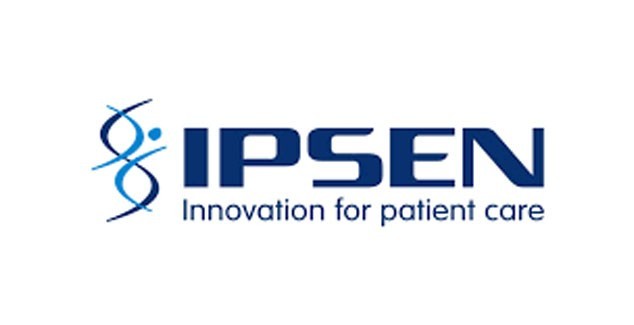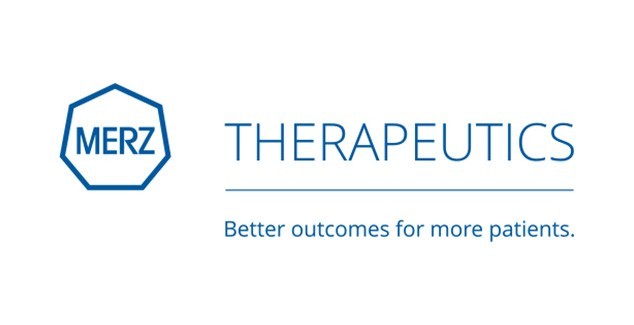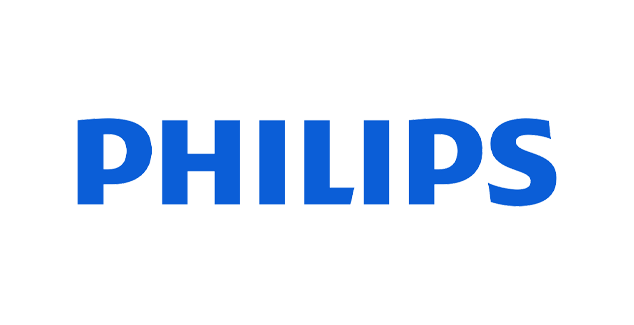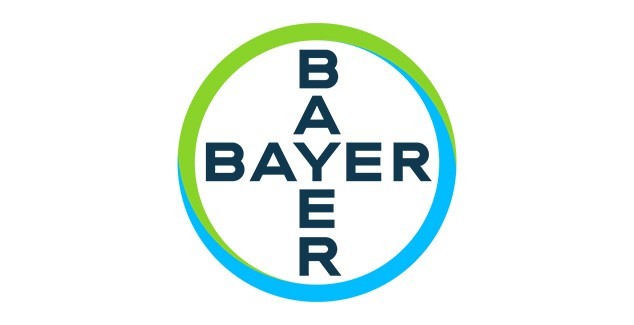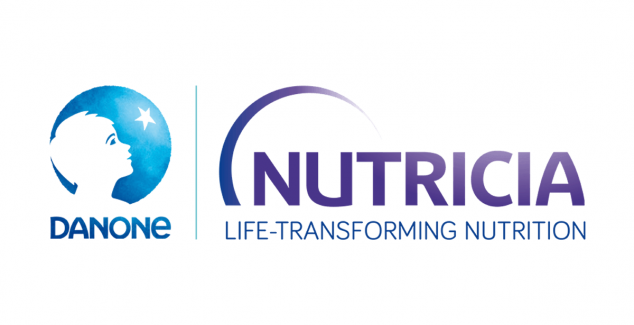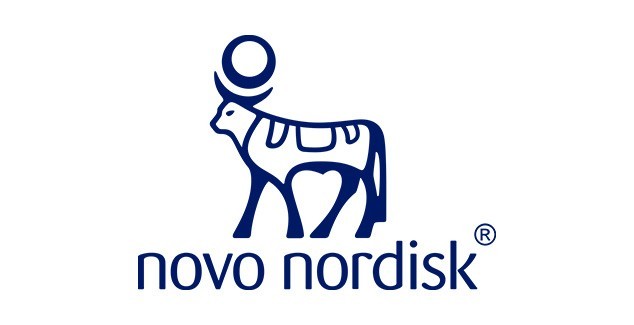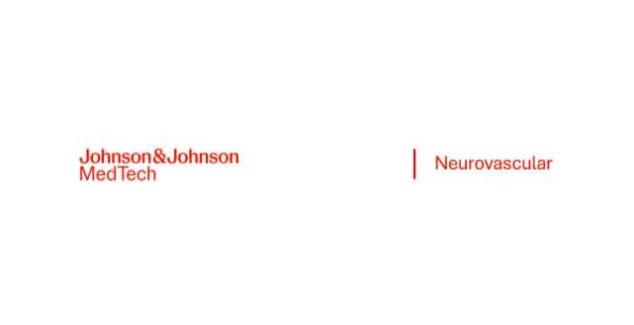When looking for the biggest opportunity for improvement, it makes sense to start with the pre-hospital phase. An informed public, aware of the signs of stroke is fundamental and once the call for an ambulance has been made there are many interventions that can help to reduce the time it takes for emergency medical services (EMS) to assess the patient’s condition as soon as they arrive on scene. How long does it take to decide where to take a patient? Is there an efficient way for EMS to communicate with the receiving hospital’s clinical team, whether that’s to get clinical guidance, or to help prepare the hospital’s team and resources?
Some WSO member organizations and their local EMS teams have been using a free digital mobile app, JoinTriage, to reduce time to treatment for patients. Smaller or rural hospitals can use it to reduce time to treatment too. Where they don’t have specialist doctors available for screening acute care patients, apps such as this can enable users to quickly assess the severity of a patient’s condition, and triage that patient to the appropriate medical center, based on multiple factors that are calculated automatically for the user. Once the hospital has been selected, the EMS team member can send a pre-notification message to that hospital’s team with the assessment results and their estimated time of arrival.
The EMS team can also allow the hospital team to track the patient’s location in real-time and see how close they are, right up to arrival and drop-off so they are primed to give the best possible treatment as soon as the patient arrives. While on route, EMS can exchange messages and even conduct video consult calls with the hospital’s clinical team, including a specialist. This too can help with making faster, effective clinical decisions for optimal patient care.
After the pre-hospital phase, the next critical piece to analyze is collaboration in the hospital itself, and between hospitals for either remote specialist guidance or facilitating transfers quickly and smoothly. How are team members alerted? How is information collected and shared? Is there any opportunity to optimize communication methods or collaboration flows to speed up diagnosis and clinical decision making?
Once the patient arrives to the hospital, it’s important to keep all relevant team members on the same page and up to date on the patient’s progress and care delivery. Secure messaging tools with group chats can be very useful in facilitating this. Some of these tools also incorporate useful clinical workflow features that bring added efficiency.
Once the patient has received treatment, these solutions facilitate EMS and smaller/rural hospital providers to get real-time feedback from specialist providers, thus paving continuous learning and offering peace of mind in the field about their patients. This leads to further improvement in effective care delivery.
The right digital mobile technologies can make workflows more efficient and more convenient, by connecting people through a single, shared, portable platform, and by automating many tasks. Exploring the technologies that are now available and imagining how they can help improve outcomes for stroke patients could help save #Precioustime especially in rural communities or in places where access to a specialist stroke clinician could be a considerable challenge.

 Member login
Member login

